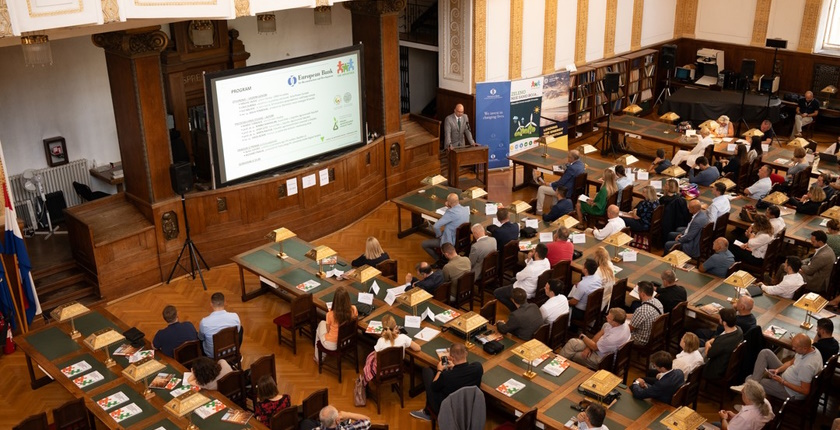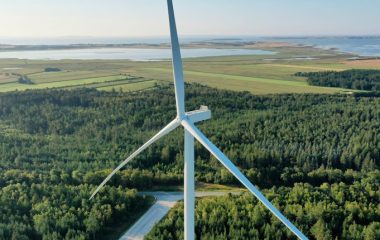
Photo: RES Croatia
Agrisolar power plants installed on only 1% or 1,000 hectares of total available agricultural land in Croatia could produce 1,000 GWh of green electricity a year, according to the Study on the potential of using solar energy in the agricultural and freshwater aquaculture sectors in Croatia.
The first study on agrisolar potential in Croatia was initiated by the Renewable Energy Sources of Croatia association (RES Croatia or OIEH). It was prepared in cooperation with the Faculty of Agriculture of the University of Zagreb, the Faculty of Agrobiotechnical Sciences in Osijek, and the Institute for Adriatic Crops and Karst Reclamation from Split.
Of note, annual consumption of electricity in Croatia is around 16,000 GWh, so 1,000 GWh would cover more than 6%. The construction of the first agrisolar park in the country started in June. There are a few similar projects in the Western Balkans. For example, in Montenegro and Serbia.
The association said the study offers solutions to prevent losses from climate extremes in Croatia, which increased 16 times from 2018 to 2022. The damage from droughts and floods in agriculture last year reached 36% of the net profit from 2021.
The biggest advantage of agrisolar power plants is the dual use of land and fishponds: agricultural and electricity production.
Pokrovac: Croatia is one of the ten EU countries that have decided to deploy agrisolar
Maja Pokrovac, managing director of RES Croatia, noted that Croatia enabled the introduction of agrisolar and solar power plants on all land registered in the agricultural land use register.
This way Croatia became one of the ten EU countries that decided to introduce the technology, Pokrovac added.
Jazvić: Agrisolar provides crop protection
Hrvoje Jazvić, Principal Banker at the European Bank for Reconstruction and Development (EBRD) in Croatia, said agrisolar provides protection to agricultural crops and fish farming.
Installing agrisolar power plants on only 1% or 1,000 hectares of total available agricultural land in Croatia could bring 1,000 GWh of electricity per year, in addition to protecting crops, he said.
It is three times more than the currently installed capacity of photovoltaic power plants in Croatia.
The study was financed by EBRD.
Jazvić also said the application of floating solar power plants in existing freshwater aquaculture makes it possible to reach an annual production of more than 16,000 tons of fish, four times more than in Croatia during the last decades.
Milatić: We made it easier to build agrisolar power plants

Ivo Milatić, State Secretary in the Ministry of Economy and Sustainable Development, said the government has simplified the regulatory framework for the development of agrisolar power plants. He explained public calls aren’t required anymore to award energy approvals and added that the government would continue with administrative support.
Karoglan: Agrisolar plants should be equipped with a system for monitoring the impact on the environment
According to Marko Karoglan from the Faculty of Agriculture, agrisolar parks should be seen as an agrotechnical measure of partial shading for crops.
However, it will be necessary to ensure that all measures are implemented to prevent adverse impacts on soil and plants.
Agrisolar parks should be equipped with systems for monitoring the status of soil and microclimate conditions under the solar panels, as well as their impact on agricultural crops and the environment, Karoglan noted. The process should last up to five years after commissioning, he pointed out.









Be the first one to comment on this article.